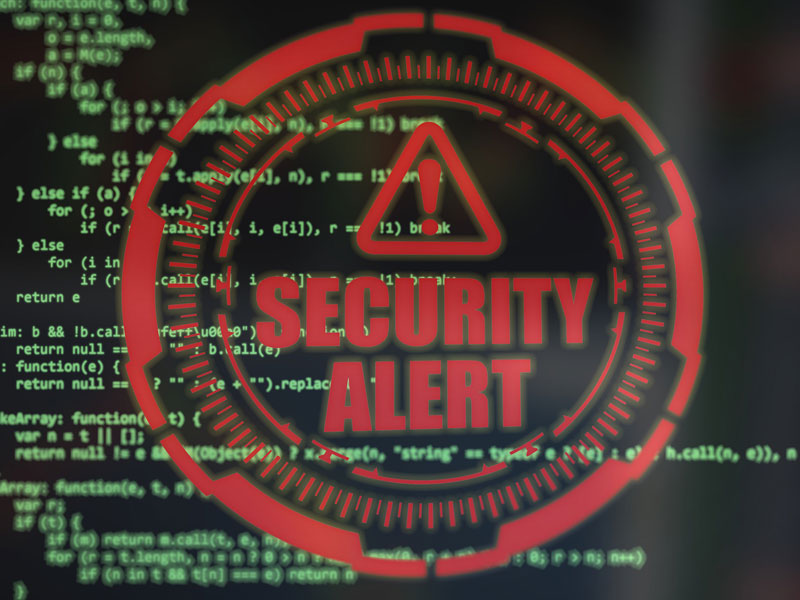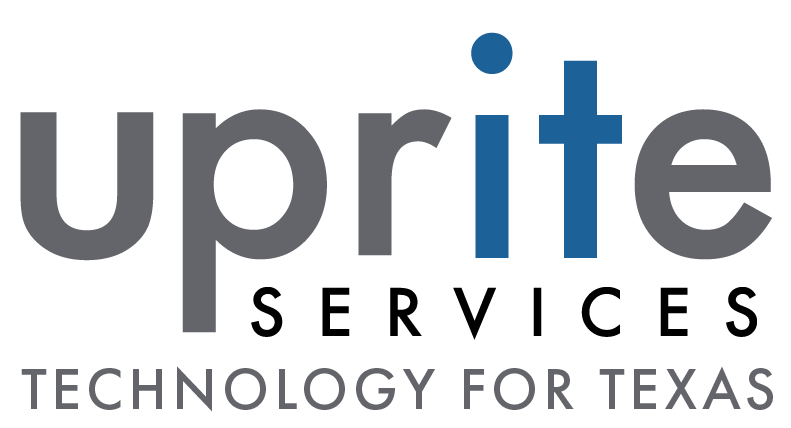
Even a few years ago, how to prevent hacking could be summed up as installing antivirus software and keeping your passwords in a password manager. Such actions probably sent the would-be hacker to someone else’s easier-to-hack set-up. Not so now.
Today, your business suddenly has many more digital surfaces open to cyber threats, including
- the multiple smart devices accessing your systems,
- the Internet of Things (IoT), and
- the vast amount of sensitive data you collect and store on site and/or in the cloud – your chief asset that needs protecting at all cost.
In this article, therefore, we’ll cover what you need to know to stay up to date on hacking – and show you how to protect your systems and information so you can concentrate on what you do best: running your business.
If you already know you’d like help from co-managed IT services to 1) conduct a cybersecurity assessment and 2) introduce remote access security best practices, we’d love you to contact us. Otherwise read on and see why preventing hacking is so important as part of your cybersecurity strategy!
Why is Preventing Hacking Important?
Cybercrime has become big business. Malicious actors and rogue countries can make huge amounts from infiltrating your systems and using what they find to benefit themselves. Preventing hacking is therefore an aspect of cybersecurity you can’t afford to ignore.
There are many reasons to prevent hacking:
- Fines for losing someone’s data run into billions of dollars, however it came about.
- Loss of ID can lead to repercussions you never dreamt of.
- Loss of income from downtime can ruin your business.
- Brand reputation is at stake when customers lose faith in your security systems.
- Damage recovery – if even possible – is costly.
Given the importance of these reasons, you’ll probably find the technology skills needed to prevent hacking have almost certainly outgrown your staff. Automation of 24/7 cybersecurity has become essential. In addition, if you’re running any legacy software, you have a vulnerability that invites these unwelcome events.
Knowing how to secure your computer system from hackers is therefore key. So let’s look in more detail at the variety of cyber threats in the world today and how to secure your computer against a hacking attack.
What Hacking Threats Are Most Common Today?
Hacking threats often stem from one of three aims (see examples in the links):
- financially motivated threats
- hacking and vandalizing for the sake of it
- secret spying by competitors (individuals or nations).
These are all powerful motives for hackers to try to get into your computer.
Some of the most common ways hackers achieve these ends include:
Phishing
Spam boxes overflow with malicious phishing attacks: fraud emails supposedly from a well-known firm (and often using their header). The aim is to steal your sensitive information. This might include staff or customer details, logins, banking information, passwords, etc.
Viruses
Viruses execute malware attacks that corrupt your site, damage your devices, or make them unusable. In addition, they may steal your data once they’re set loose inside your systems or your website.
DNS spoofing
Spoofing of your domain name system (DNS) results from an attack on the cache records of your domain that redirects site visitors to a different, malicious website purporting to be yours. Any information input by your visitors is then at risk of hackers stealing it and using it for gain on their own site.
Distributed denial of service (DDoS)
This kind of cyberattack is intended to take down your website either long term or temporarily till you pay a ransom (which makes it effectively ransomware). You cannot therefore deliver your services to your intended users and you lose valuable business for the duration.
However, a few other threats to your cybersecurity are not the result of hacking. These include issues such as staff carelessness or ignorance of safety protocols, or your administrator failing to set up proper authorization checks throughout your business – which can give any of your employees access to tempting information they could misuse.
In this respect, it’s worth mentioning, in passing, that authentication (checking someone is who they say they are) is not the same as authorizing someone to have access to a certain level of business information.
But let’s move on to the devices a hacker may target. These have multiplied recently.
Which Devices Are Likely Targets for Hackers?
With the proliferation of multiple ways your staff can access your systems – especially given the popularity of bring your own device (BYOD) and work from home (WFH) – hackers find good targets in
- smartphones,
- webcams,
- routers,
- printers, and
- any other equipment linked to your systems, such as building control.
The reasons are simple. With their complexity of apps, passwords, wireless or Bluetooth connections, and “always on” status, the possible gleanings for hackers include private information in
- emails,
- messages,
- browsing history,
- medical records,
- addresses,
- account information, and
- password managers.
Any of these can lead to possible identity theft – impersonating you as they gain access to your systems, or “becoming you” elsewhere.
5 Ways to Prevent Hacking
There are multiple ways, including installing remote 24/7 security monitoring, but here are five things you can do immediately to protect your business from hacking.
1 Use anti-hacking software and keep your software up to date
Anti-virus and anti-malware software is as vital as it always was. It’s your number one basic hacking guardian. Therefore, despite possible upgrade costs over time, do not economize by using an older version.
In addition, run a check on all your legacy software. If no one uses it, uninstall it. On the other hand, if you need it, find a modern alternative and swop it out. Outdated software may have holes in the coding that can let hackers in.
Finally, modernize all your software. Keep it up to date, down to the last micro update. When ethical hackers (yes, they exist!) find a hole in a modern application, they warn the publishers, who issue patches or an update. Without these, you’re at risk.
2 Use strong passwords and multifactor authentication
Until it’s common to use – for example – facial recognition or fingerprint sign-on, you need passwords that are
- unique,
- not common words,
- a mixture of letters, numbers, and special characters, and
- the password manager we mentioned up top.
If this sounds too obvious, it’s clearly not. One of the examples we gave above was of a hotel group hacked because their password was Qwerty1234.
Before you sigh at this stupidity, review all your business passwords for equally simple codes to crack. Hackers can do big business selling access to your business on the dark web. Sometimes all they need to do is guess. Other times, they use brute force with software to help them.
However, multifactor authentication – via a code texted to another trusted device – is becoming commonplace, and this adds a second layer the hacker must penetrate before they can damage your business.
Note that, as we also mentioned above, authentication, even at two levels, only determines who a person is. It does not authorize them to have access to higher levels of business information. Install an authorization system and constrain access!
3 Encrypt your data and business website
Use a key that encrypts the data you’re sending or storing. The hacker can’t use any information they intercept, because only the recipient has a key to decrypt it. Besides, most hackers want a quick win.
4 Use a virtual private network (VPN) – but with caution
When your employees need to use a public Wi-Fi network when out and about, avoid vulnerability by using a VPN that will give them anonymity. This works by redirecting internet traffic through a disguised IP address.
However, this will not prevent hackers from accessing confidential material if your staff use unsafe sites while on the VPN. Teach them to be safe.
5 Take basic, easy steps to secure your business phones and computers
- Turn off Bluetooth whenever possible – hackers can send malicious data to your staff’s smartphones.
- Don’t use unsecured public Wi-Fi – hackers can track users and file-sharing on the network.
- Use a strong passcode.
- Clear browsing history – if a hacker has one of your passwords, they can try it out on the breadcrumb trail of sites you’ve visited, or at least glean your business’s interests.
- Install a firewall to monitor traffic to and from your computer according to security rules.
- Turn off webcams on desktops when possible – hackers can use malware to listen, watch, and record you, perhaps even accessing your data.
- Don’t open suspicious links – train your staff in all aspects of cybersecurity common sense.
We Can Help You
You can take the above steps to start securing your business from hackers. But knowing how to prevent hacking is only part of overall cybersecurity. So, if you’re frustrated trying to manage your business as well as your cybersecurity, why not trust Uprite to deliver your co-managed IT services responsively and professionally as your partner?
Uprite is an award-winning, Texas-based, managed IT services provider in Houston, San Antonio, and Dallas. We take a proactive and preventative approach to all things IT. We’ll discuss your requirements and how the Uprite way might be just what helps! Give us a call today!

